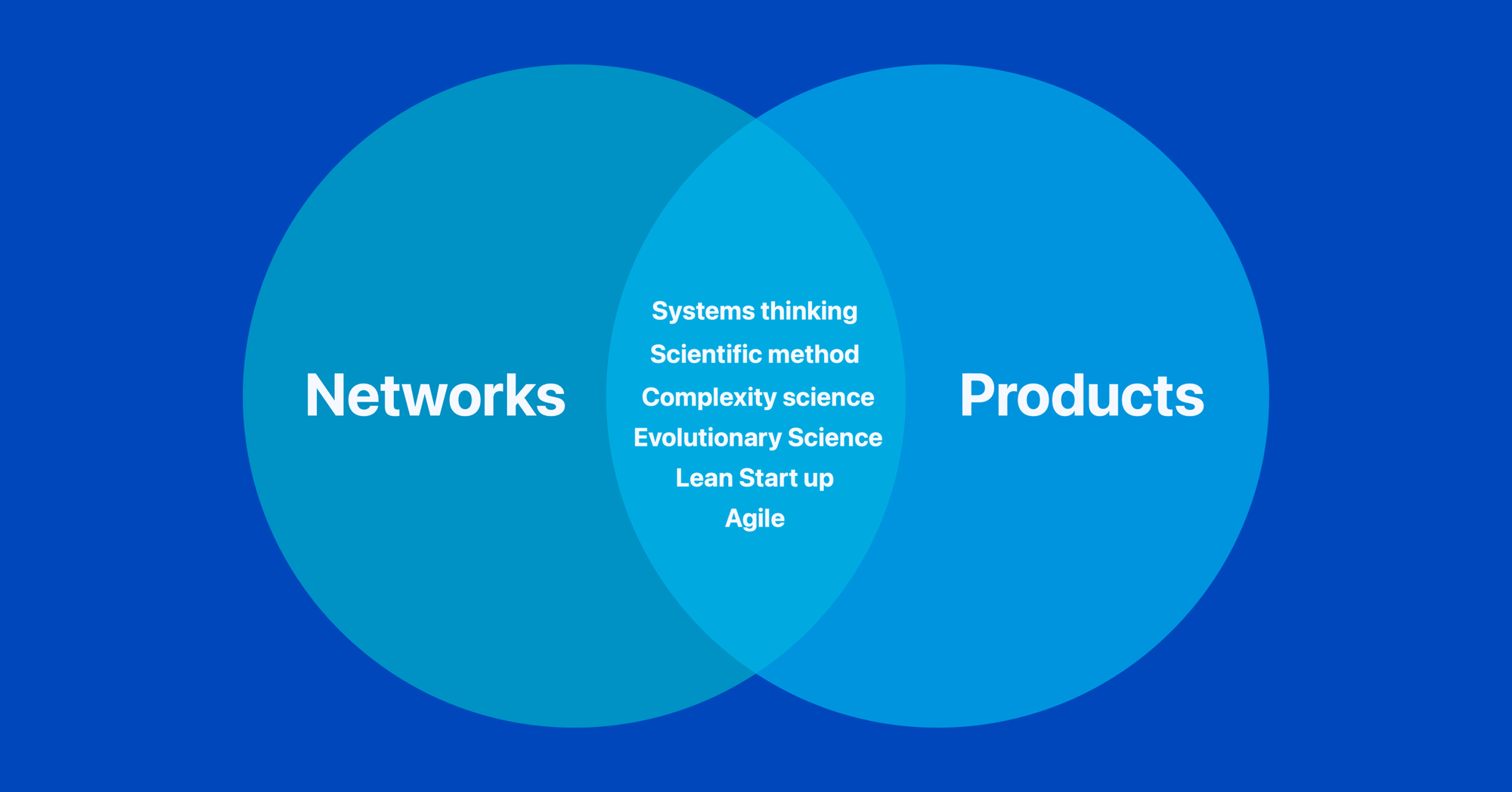Traditional business management is like living in a castle. You invest so much in security, like a moat, drawbridge, and high walls, that you isolate yourself from the outside world. It becomes hard to keep in touch with changing trends. Even with this huge investment, it’s impossible to maintain your perimeter so threats are still able to find a way in.
Modern business management, on the other hand, is like living in a bustling city. You're connected to everything and everyone, and you've got your finger on the pulse of the latest trends and innovations. You're flexible and adaptable, and you can respond quickly to any changes in the market. Sure, there might be some risks and challenges out there, but you've built the ability to face them head-on.
APIs are that connected bustling city. They create the products, capabilities, and networks that join systems and services. Traditional management practices with moats and forts won’t work with APIs. It can be scary to leave the castle. You need to build new muscles to deal with the risks that come from city living.
This series of blogs and webinars is all about building those muscles. This blog outlines 3 no-regret strategies you can use at any point in your API transformation. Whether it’s packing your bags to leave the castle, have moved into your city pad, or confidently connected to metropolitan life. First, let’s look at why we need an API strategy and where these strategies come from.

Monolithic vs Microservice Management Strategies
You might have guessed the analogy was hinting at the move from monoliths (castles) to microservices (citys).
Today, monoliths have negative associations. They’re slow, inflexible, and hard to adapt.
The thing is monoliths used to be the best option. They made complete business sense. And the management style that went with them worked. There was a time when centralised decision-making and closely integrated and interconnected functions had the best business success. While we may think of these companies as dinosaurs, they are not yet all extinct, so clearly something still works.

Monolithic business strategies were about domination. For one company to win, another would fail. They focused on economies of scale to bring down costs. Efficiency was a primary business driver. Vertical integration was another key strategy. Ownership and control of a supply chain increased bargaining power and could decrease costs.
A monolithic business strategy looks like increasing efficiency and reducing costs. It would be hard to find an MBA course that doesn’t teach those same principles.
So what does microservice strategies look like? Microservices are in their disruptive era. Here there is more value to be gained in innovation, collaboration, and adaptability. Sometimes this can be to the detriment of efficiency, but the value generation outweighs the additional costs.
There will be periods or areas where microservices gain more value from stability. In these times they too will benefit from efficiency and cost reduction, it will just be at a micro level. It is already happening with APIs as they find new standards. This standardization will allow for global connection and a scale larger than any monolith could have dreamed of.

Why We Need an API Strategy
APIs are fundamental to a microservice architecture. They are essential as products in their own rights. Each API can package together valuable data. They can be connected together to provide business capabilities. More than that, they can create new customer experiences.
These form multiple layers of interactions between APIs, users, and systems. They connect customers, partners, and internal systems. These interactions and connections form a network that creates new opportunities for value.
APIs are enabling new and critical technologies like Mobile Apps, Cloud Computing, IoT, AI, and Blockchain.
They are solving business bottlenecks of the past. Where before it was hard to access systems and data, APIs create a common language for free-flowing information. This flow brings with it speed, agility, and adaptability.

This is why enterprises need an API strategy. To gain the benefits of APIs as products, understand their place in the broader API network, enable new technologies and increase their agility.
Without an API strategy, enterprises will limit a business's growth opportunities, reduce customer experience and loyalty, increase security risks, create operational inefficiencies, and limit innovation.

The Key to Enabling Your API Strategy
An API strategy is imperative to business survival and success. Even with such compelling opportunities, it can still be hard to enable an API strategy.
Disruption can feel like destruction. It is a hard environment to navigate. Going back to the castle analogy, it is tempting to retreat. To go back to old well-trodden strategies. Focusing on traditional approaches to risk and security.

A large part of API success is having visibility. Making your API products, interconnections, and broader network visible is a no-regret decision. If you’re unsure of the next step, then make your APIs visible. This action will build momentum and allow you to learn from all of your future actions. It will only have beneficial consequences in any future scenario.
In part 2 of this blog, we’ll explore the 3 unexpected strategies you need for successful API management. We’ll also cover how to put them into practice no matter where you are on your API journey.






